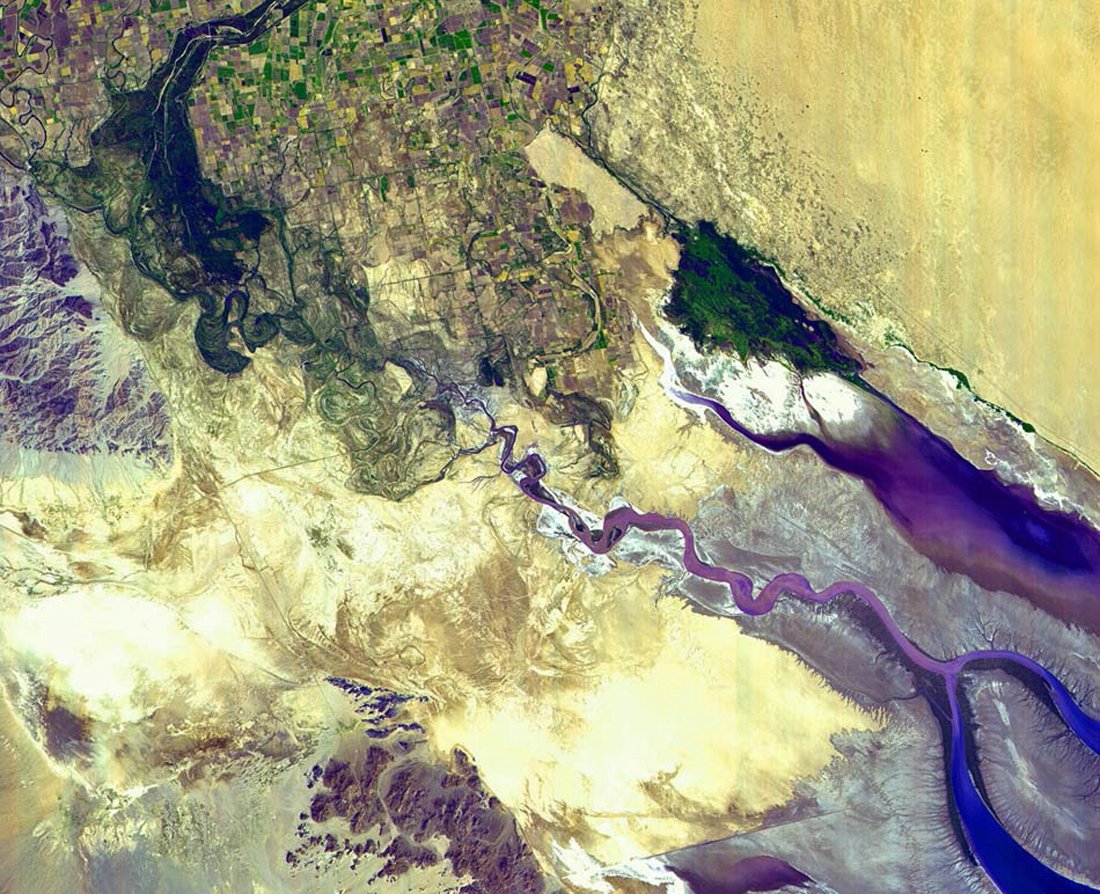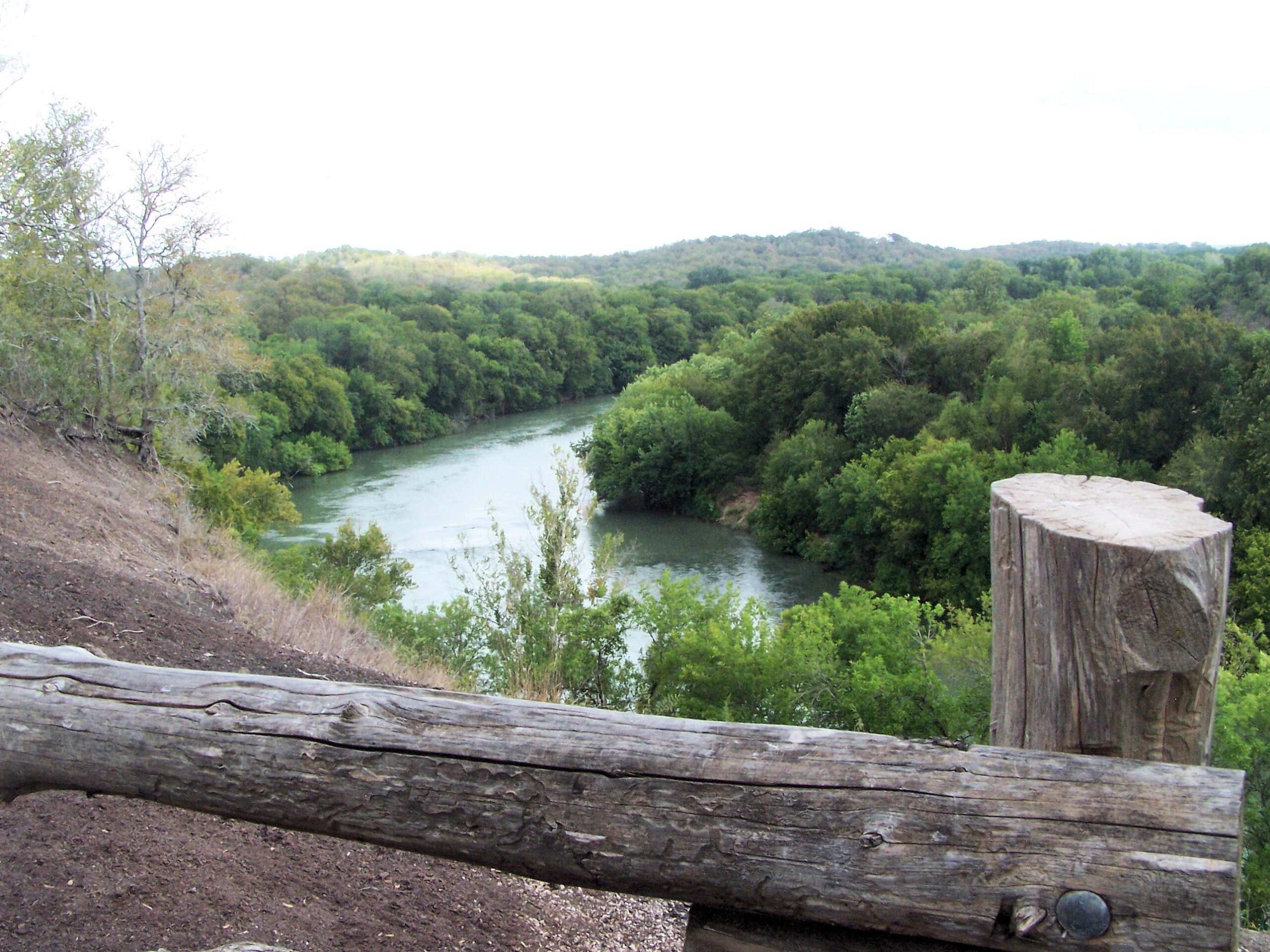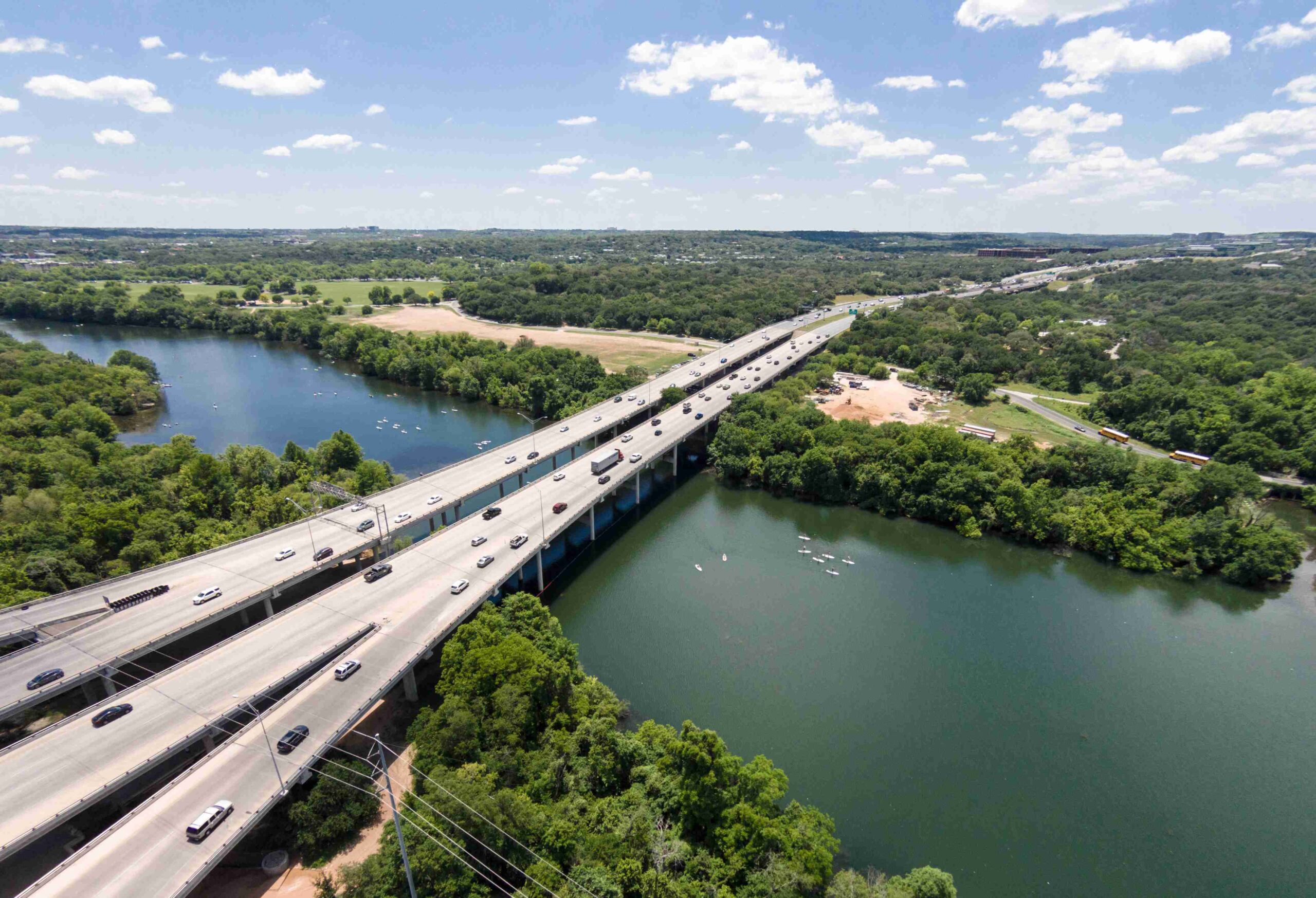The Colorado River meets Lake Mead at a remarkable confluence, creating a unique ecosystem and recreational paradise. This meeting point, located at the northern end of Lake Mead near the Gregg Basin, marks the transition from the river’s journey through the Grand Canyon to the vast expanse of America’s largest reservoir. The confluence showcases dramatic elevation changes, fluctuating water levels, and diverse wildlife, offering visitors a range of activities from boating and fishing to hiking and wildlife observation.
Where Exactly Does the Colorado River Meet Lake Mead?

The Colorado River flows into Lake Mead at the northern end, near the Gregg Basin. The precise GPS coordinates for this confluence are approximately 36.146084, -114.413155. This area marks a significant transition in the river’s journey, as it leaves the steep canyons and enters the expansive reservoir.
Key Features of the Confluence:
- Elevation change: The river drops significantly as it enters Lake Mead
- Widening of the waterway: The narrow river channel expands into the broad lake
- Sediment deposition: The slowing of the water flow causes sediment to settle, forming deltas
How Has the Water Level at the Confluence Changed Over Time?

The water level at the confluence of the Colorado River and Lake Mead has experienced significant fluctuations over the years. These changes are primarily due to climate variations, increased water demand, and management practices.
Historical Water Level Trends:
| Period | Trend | Primary Causes |
|---|---|---|
| 1930s-1980s | Generally stable | Balanced inflow and outflow |
| 1990s-2000s | Gradual decline | Increased water usage, drought |
| 2000s-Present | Significant drop | Prolonged drought, overallocation |
The current water level is considerably lower than historical averages, exposing previously submerged landscapes and altering the confluence’s appearance.
What Recreational Activities Are Available at the Confluence?
The confluence of the Colorado River and Lake Mead offers a variety of recreational opportunities, despite challenges posed by changing water levels.
Popular Activities:
- Boating
- Fishing
- Kayaking
- Hiking
- Wildlife viewing
- Photography
How Does the Confluence Affect Local Ecosystems?
The meeting point of the Colorado River and Lake Mead creates a unique ecosystem that supports diverse plant and animal life. This area serves as a critical transition zone between riverine and lacustrine environments.
Ecological Impacts:
- Habitat creation for various fish species
- Nesting grounds for migratory birds
- Nutrient transport and deposition
- Formation of wetland areas along the shoreline
What Are the Best Times to Visit the Confluence?
The ideal time to visit the confluence depends on your preferred activities and tolerance for weather conditions.
Seasonal Considerations:
- Spring (March-May): Mild temperatures, potential for wildflower blooms
- Summer (June-August): Hot temperatures, ideal for water activities
- Fall (September-November): Cooler temperatures, less crowded
- Winter (December-February): Cold temperatures, potential for unique landscapes
How Has Human Activity Impacted the Confluence?
Human activity has significantly altered the natural dynamics of the Colorado River and Lake Mead confluence.
Major Human Impacts:
- Construction of Hoover Dam
- Water diversion for agriculture and urban use
- Introduction of non-native species
- Recreational development and infrastructure
What Conservation Efforts Are in Place at the Confluence?
Several conservation initiatives aim to protect and restore the ecological integrity of the Colorado River-Lake Mead confluence.
Key Conservation Programs:
- Water management strategies to maintain minimum flow levels
- Habitat restoration projects for native species
- Invasive species control measures
- Public education and awareness campaigns
How Can Visitors Responsibly Enjoy the Confluence?
Responsible visitation is crucial to preserving the natural beauty and ecological importance of the Colorado River-Lake Mead confluence.
Tips for Responsible Enjoyment:
- Follow Leave No Trace principles
- Adhere to fishing regulations and boating rules
- Use designated trails and campsites
- Conserve water and properly dispose of waste
- Respect wildlife and maintain safe distances
What Future Challenges Face the Colorado River-Lake Mead Confluence?
The confluence faces several challenges that could impact its future ecological health and recreational value.
Potential Future Challenges:
- Continued drought and water scarcity
- Increased water demand from growing populations
- Climate change impacts on precipitation patterns
- Sedimentation and delta formation
- Balancing conservation with recreational use
In conclusion, the confluence of the Colorado River and Lake Mead represents a dynamic and complex ecosystem that offers both recreational opportunities and ecological significance. As water levels continue to fluctuate and human pressures persist, careful management and responsible visitation will be crucial in preserving this unique natural wonder for future generations.
References:
1. Lake Mead National Recreation Area (U.S. National Park Service)
2. USGS Water Data for the Nation
3. Colorado River Basin Drought Contingency Plans
4. Lake Mead Water Database

